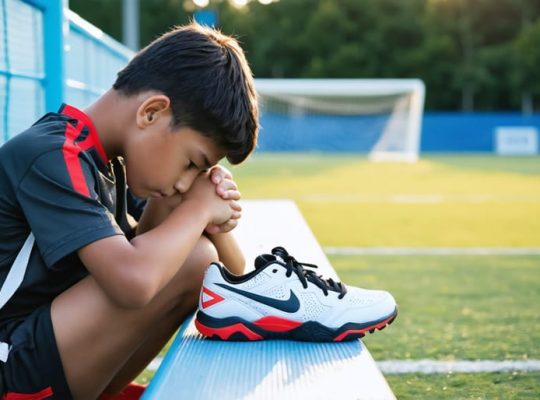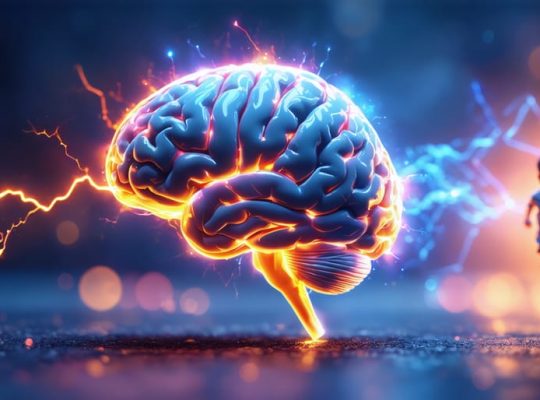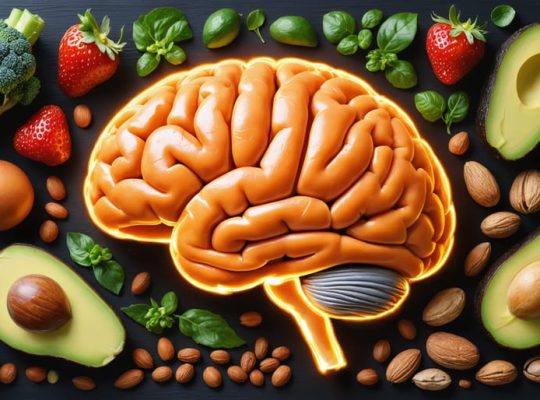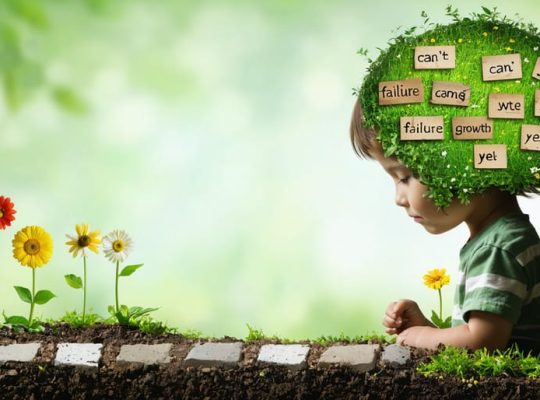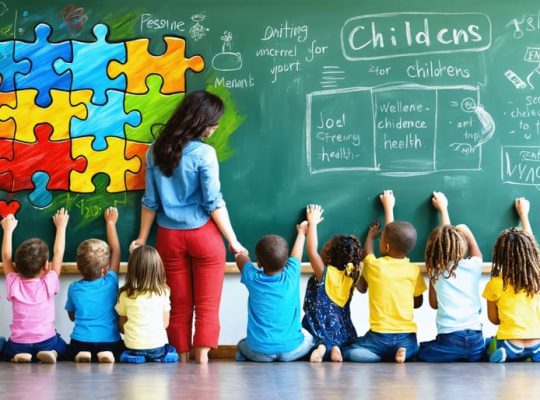Building Strong Support Networks That Help At-Risk Youth Thrive
Building resilient communities starts with understanding our shared vulnerability and collective strength. When we invest in creating support systems that can weather challenges – from natural disasters to economic hardships – we strengthen the fabric that holds our neighborhoods together.
Today’s communities face unprecedented challenges: climate change, social isolation, economic inequality, and mental health crises. Yet within these challenges lies an opportunity to forge stronger connections and develop innovative solutions that benefit everyone, particularly our young people who will inherit tomorrow’s …


